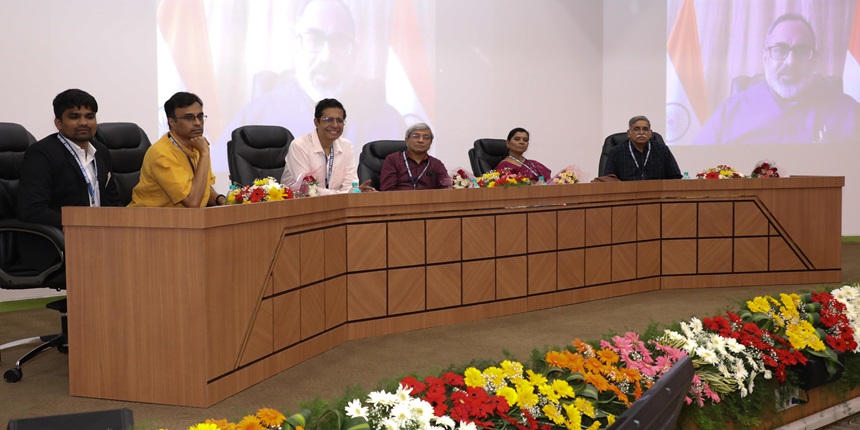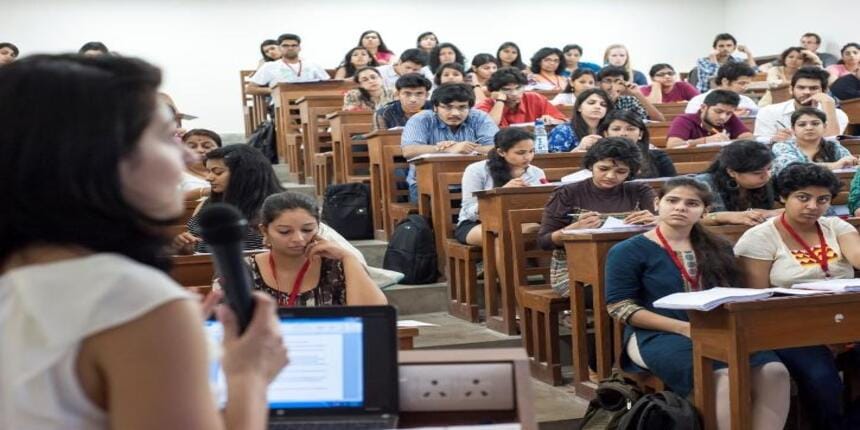IIT Madras study finds rise in C-section surgeries during childbirth
The IIT Madras research team carried out in-depth analysis of childbirth in Tamil Nadu and Chhattisgarh between 2016 and 2021.

Divyansh | April 1, 2024 | 03:01 PM IST
NEW DELHI: A research team of Indian Institute of Technology (IIT Madras) has found a sharp increase in the number of caesarean section (C-section) surgeries during childbirth between 2016 and 2021. The study was conducted by researchers from the humanities and social sciences department of the IIT Madras.
The research team consisted of research scholars Varshini Neethi Mohan and P Shirisha, Research Scholars, professor Girija Vaidyanathan and professor VR Muraleedharan. The findings of the study have been published in the journal BMC Pregnancy and Childbirth. A caesarean section (C-section) is a surgical technique that involves making an incision in the mother's belly to deliver one or more infants.
The researchers carried an in-depth analysis of childbirth in Tamil Nadu and Chhattisgarh between 2016 and 2021. The researchers found that despite the fact that both pregnancy complications and high-risk fertility behaviour were more prevalent in Chhattisgarh, Tamil Nadu had the higher prevalence of C-sections.
Factors for C-sections surgery
Factors that are considered high-risk fertility behaviour leading to C-sections surgery includes the mother’s age, either below 18 years or greater than 34 years, the interval between births being less than 24 months or the child being the fourth or more born to the mother.
The prevalence of C-sections across India increased from 17.2% to 21.5% in the five years leading up to 2021. In the private sector, these numbers stand at 43.1% (2016) and 49.7% (2021), meaning that nearly one in two deliveries in the private sector is a C-section.
The researchers found that better-educated women living in urban areas were more likely to deliver by C-section. The odds of a caesarean delivery among overweight women and those aged 35-49 were twice those for underweight women and those aged 15-24, respectively.
Also read IIT Madras Admission 2024-25: Registration window opens for BS Degree programmes; eligibility
The IIT Madras said when medically justified, the procedure can be lifesaving. However, when not strictly necessary, it can lead to adverse health outcomes, unnecessary expenditure, and place a strain on scarce public health resources, the institute added.
Professor VR Muraleedharan, humanities and social sciences department, IIT Madras, said, “A key finding was that the place of delivery (whether the delivery was in a public or a private facility) had the greatest impact on whether delivery was by C-section, implying that ‘clinical need’ factors were not necessarily the reason for surgical deliveries. Across India and Chhattisgarh, the non-poor were more likely to opt for C-sections, while in Tamil Nadu, the case was surprisingly different, as the poor were more likely to have C-sections in private hospitals.”
Follow us for the latest education news on colleges and universities, admission, courses, exams, research, education policies, study abroad and more..
To get in touch, write to us at news@careers360.com.




